Details
- Location: Santa Maria Tlalixtac, Oaxaca
- Sugarcane: Java
- Distiller: Max Krassel
- ABV: 53%.
- Tasting keywords: Black olive, agricole.
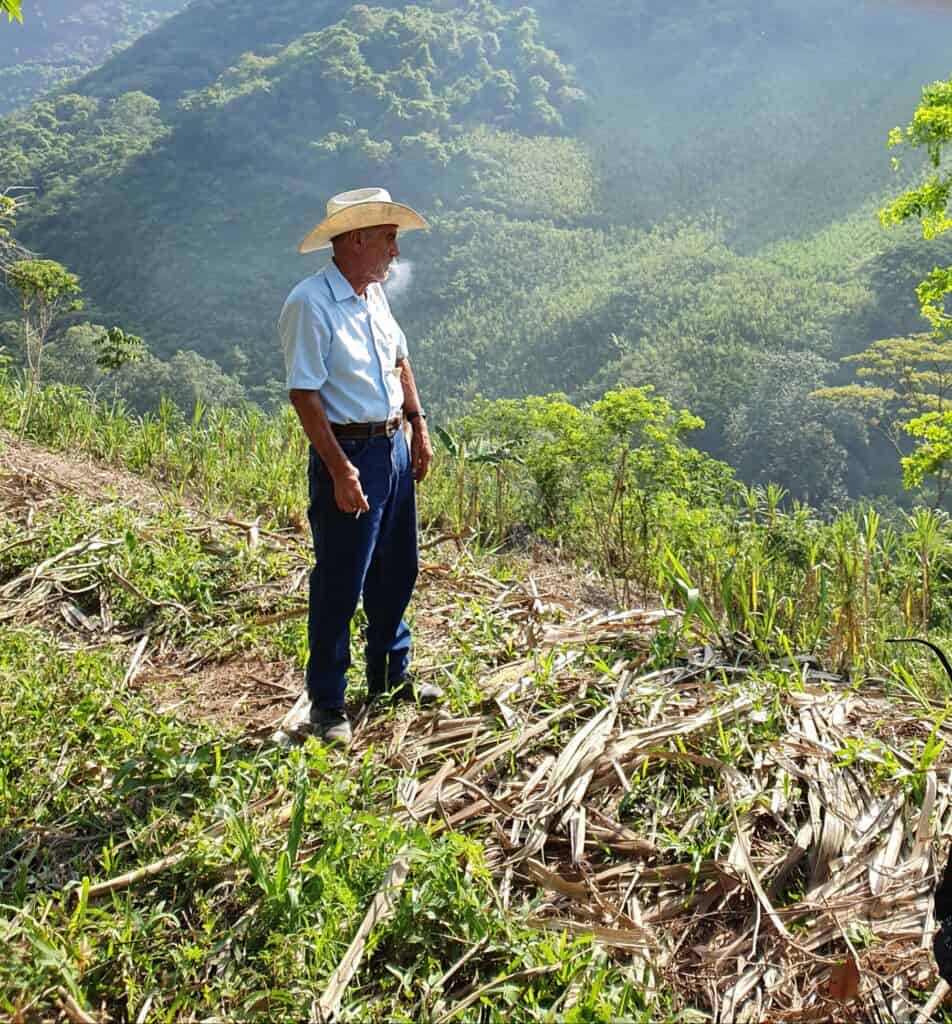
Nose
A rich, enveloping, aroma of black olives with a touch of pickle juice.
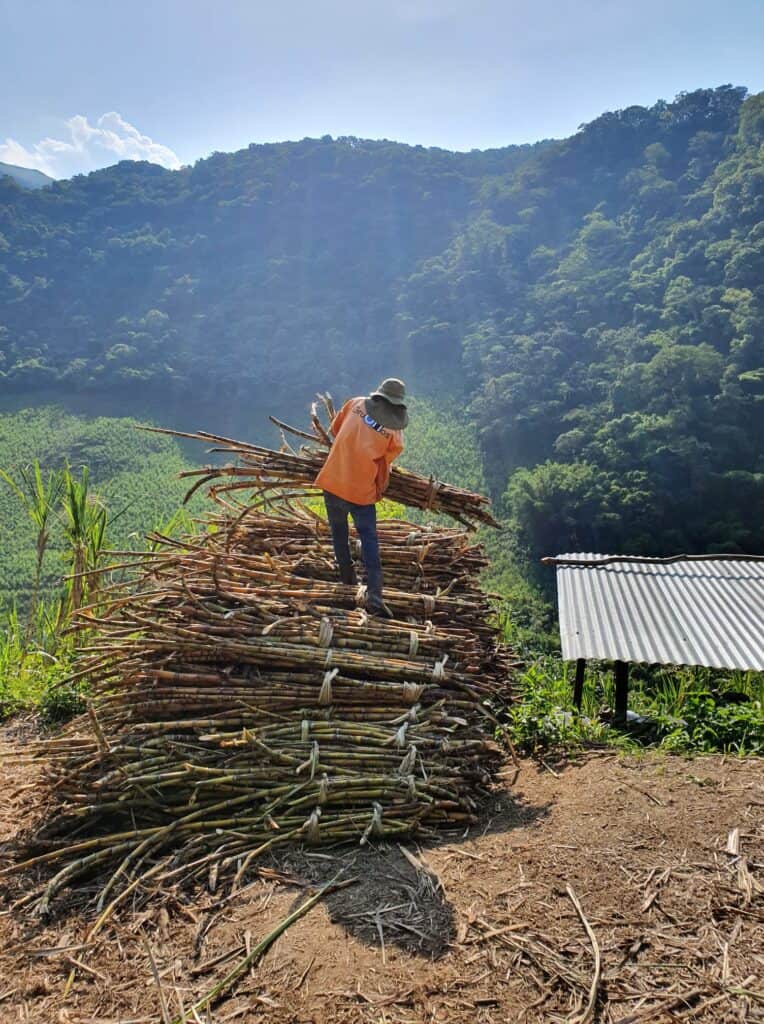
Taste
Pure agricole, rich sugar cane juice with a touch of grapefruit and sherry like oxidation that highlight that sugar cane core. It barely registers that this is 53% ABV because the flavor is so rich.
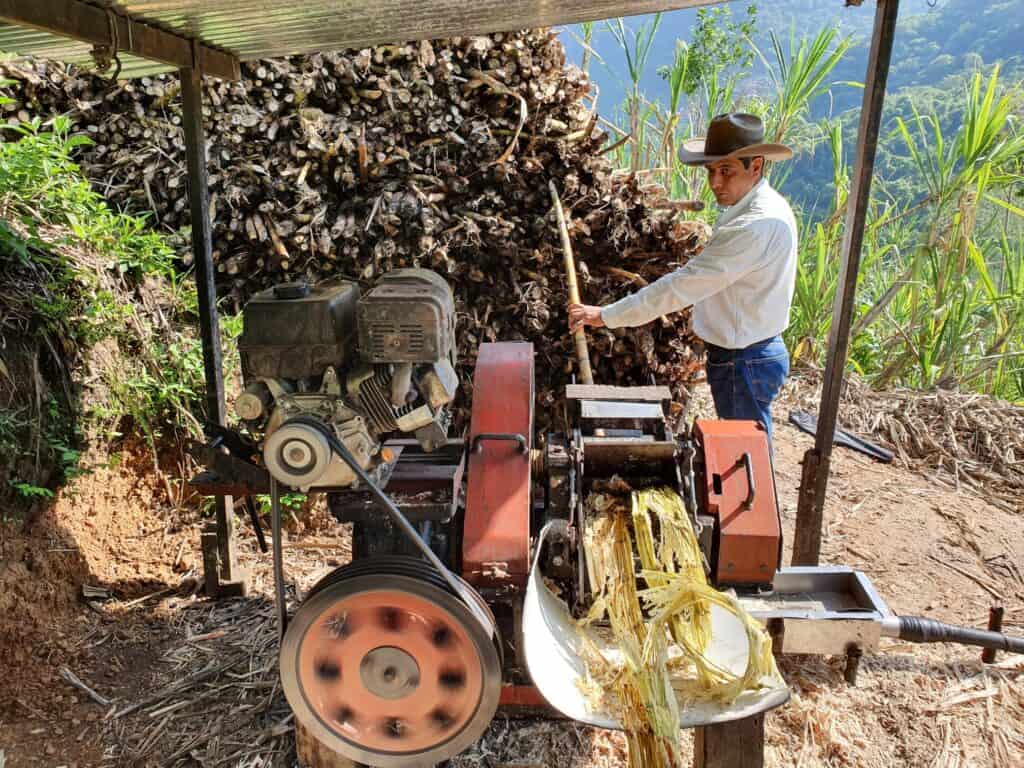
Method / Background Notes
Cañada comes in a handsome one liter bottle with an image of sugar cane on the label that beckons you forth. It’s sort of “children of the cane” like in its aura. The name derives from the region of the Cañada mountains where it’s made.
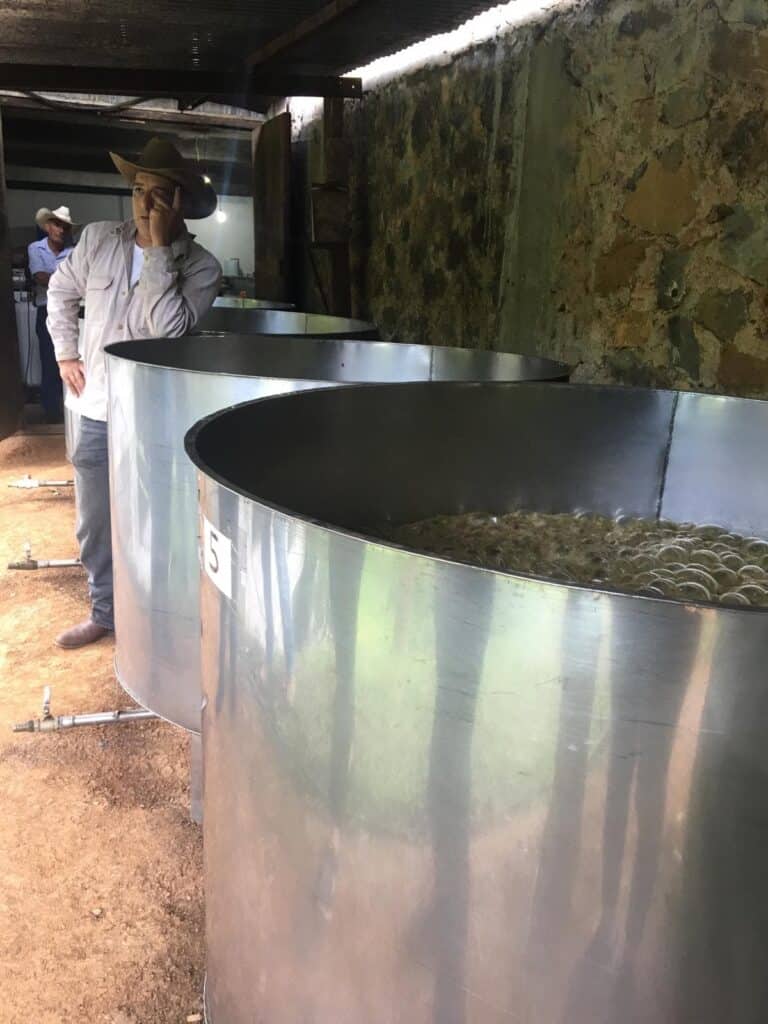
The Java variety of sugar cane is hand harvested between 700 and 1200 meters about sea level. Bottles contain designations so that you can track which height, per the Cañada website “CA (Caña Alta) batches are from 900m – 1200m altitude, batches CB (Caña Baja) batches are from 700 – 900 meters above sea level.” The cane is then transported by animal to the palenque where they are crushed with a Campollo 9 mill and the resulting juice is gravity fed to one of seven, 1,200 liter, stainless steel fermentation tanks where it undergoes spontaneous fermentation for 6-10 days. I suspect that much of the distinctive flavors and aromas derive from that fermentation step even if there is plenty of discussion about this topic. Distillation is in the “Krassel Still” created by Max Krassel in the 1930s based on multiplated column stills. It sounds like a fantastic bit of engineering with eight plates, no heads or tails, and it’s diesel fired in order to spare the local forests.
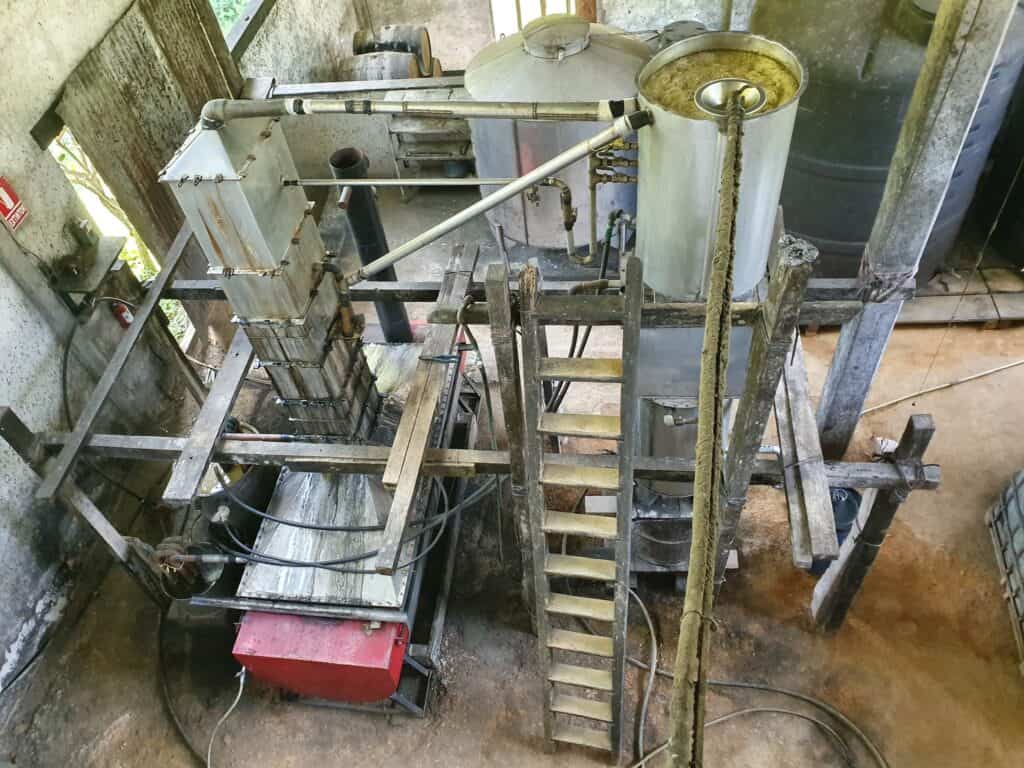
A still and spirit this distinctive deserves a rich history. Krassel is a German name – Max Senior deserted from Germany at the beginning of the first world war, made his way to Mexico and, according to Jason Cox, “learned how to distill aguardiente in the late 20’s and 30’s on coffee plantations in the Sierra Mazateca.” Max Senior’s future wife was from Chiquihuitlan so he brought sugar cane with him when he moved there, designed his own still, and started making rum. Cox noted that there are only three families in the area which distill rum and all share the Kassel name so this may be yet another story of Mexican blending.
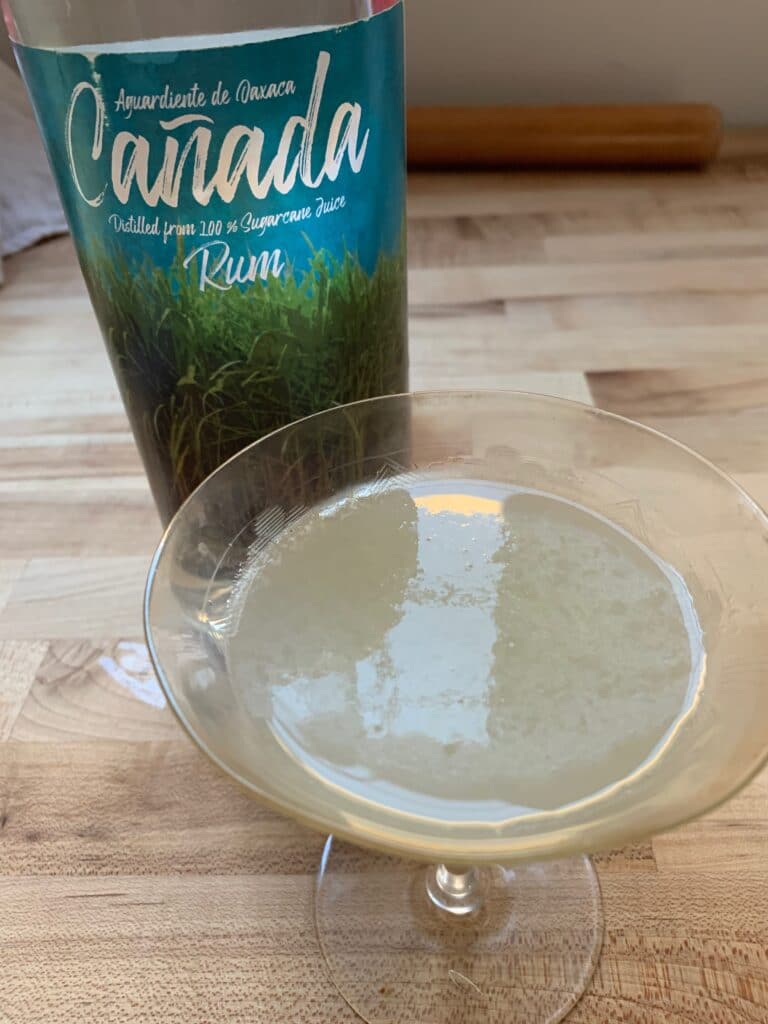
While I’d be happy sipping Cañada anytime the bar world is going to want to put this in cocktails and the obvious application is the classic Dacquiri or a drink that will foreground the rum because this one is begging to be put stage front. You can build piña coladas around it but really, hit the Santa Cruz Rum Daisy or a Daiquiri to highlight what it can do for cocktails. As the Savoy cocktail book cites Joseph Hergesheimer’s “San Cristobal de la Habana:” The moment had arrived for a Daiquiri. It was a delicate compound; it elevate my contentment to an even higher pitch. Unquestionably the cocktail on my table was a dangerous agent, for it held in its shallow glass bowl slightly encrusted with undissolved sugar the power of a contemptuous indifference to fate; it set the mind free of responsibility; obliterating both memory and tomorrow, it gave the heart an adventitious feeling of superiority and momentarily vanquished all the celebrated, the eternal fears. Yes, that was the danger of skillfully prepared intoxicating drinks….”

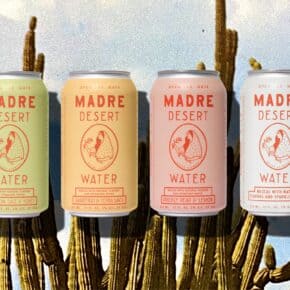









Leave a Comment